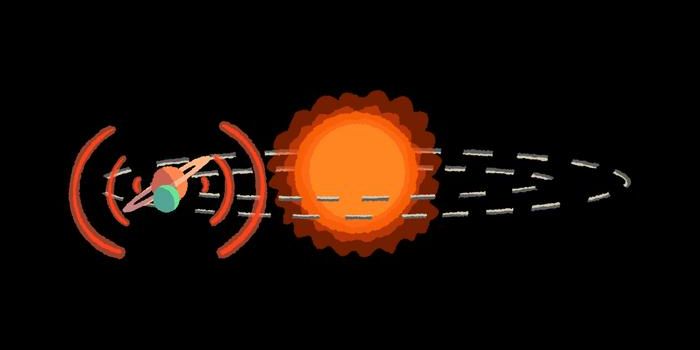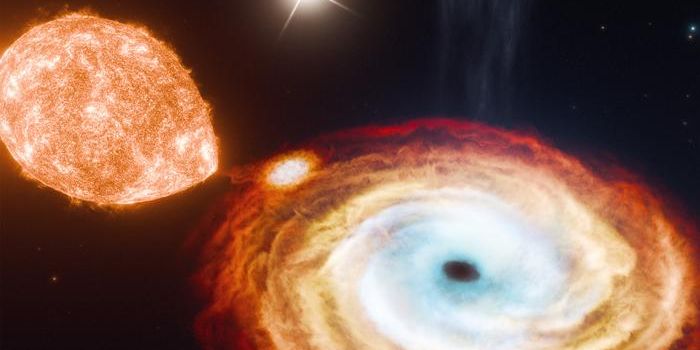Where Did the Planets Go?
A new study published in the Astrophysical Journal Letters presents a solution to some mysterious patterns that have shown up in observations of exoplanet systems.
What are the mysterious patterns? One is called the “radius valley” and the other is called “peas in a pod.” The “radius valley” is the observation that there is a rarity of exoplanets with a radius of approximately 1.8 times the radius of the Earth. Planets of this size were observed about 2-3 time less frequently by NASA’s Kepler Mission. “Peas in a pod” describes how in observations of exoplanet systems, neighboring planets tend to be of a similar size.
Astronomers used a supercomputer to simulate the first 50 million years of planetary systems using a planetary migration model. Planetary systems are formed out of protoplanetary disks, disks of gas and dust that are formed as a natural consequence of star formation.
In the model, planets form out of a protoplanetary disk. The young planets interact with each other, which can pull them closer to their parent stars, locking them in resonant orbital chains. When the protoplanetary disk dissipates (which takes a few million years), orbital instabilities form, which cause these resonant orbital chains to be broken. When the chains are broken, planets can slam into each other.
Additionally, young planets will migrate towards the massive object at the center of their orbits – their parent star – which creates overcrowding and can lead to frequent collisions between planets. The collisions can strip planets of their hydrogen-rich atmospheres. Thus, giant impacts are likely a normal outcome of planet formation (in fact, it is believed that this is how our Moon formed).
The planets that form from this model are of two main types: rocky planets that are dry and approximately 50% larger than the Earth, otherwise known as super-Earths and icy planets that are rich in water ice and approximately 2.5 times larger than Earth, otherwise known as mini-Neptunes. The model also predicts that a fraction of super-Earth-sized planets will retain their primordial hydrogen-rich atmosphere and be rich in water.
Observations predict that these types of planets are common, but the model and observations are in conflict with more traditional belief that super-Earths and mini-Neptunes are exclusively dry, rocky worlds. These predictions can be tested by future observations with the James Webb Space Telescope.
Source: Rice University








